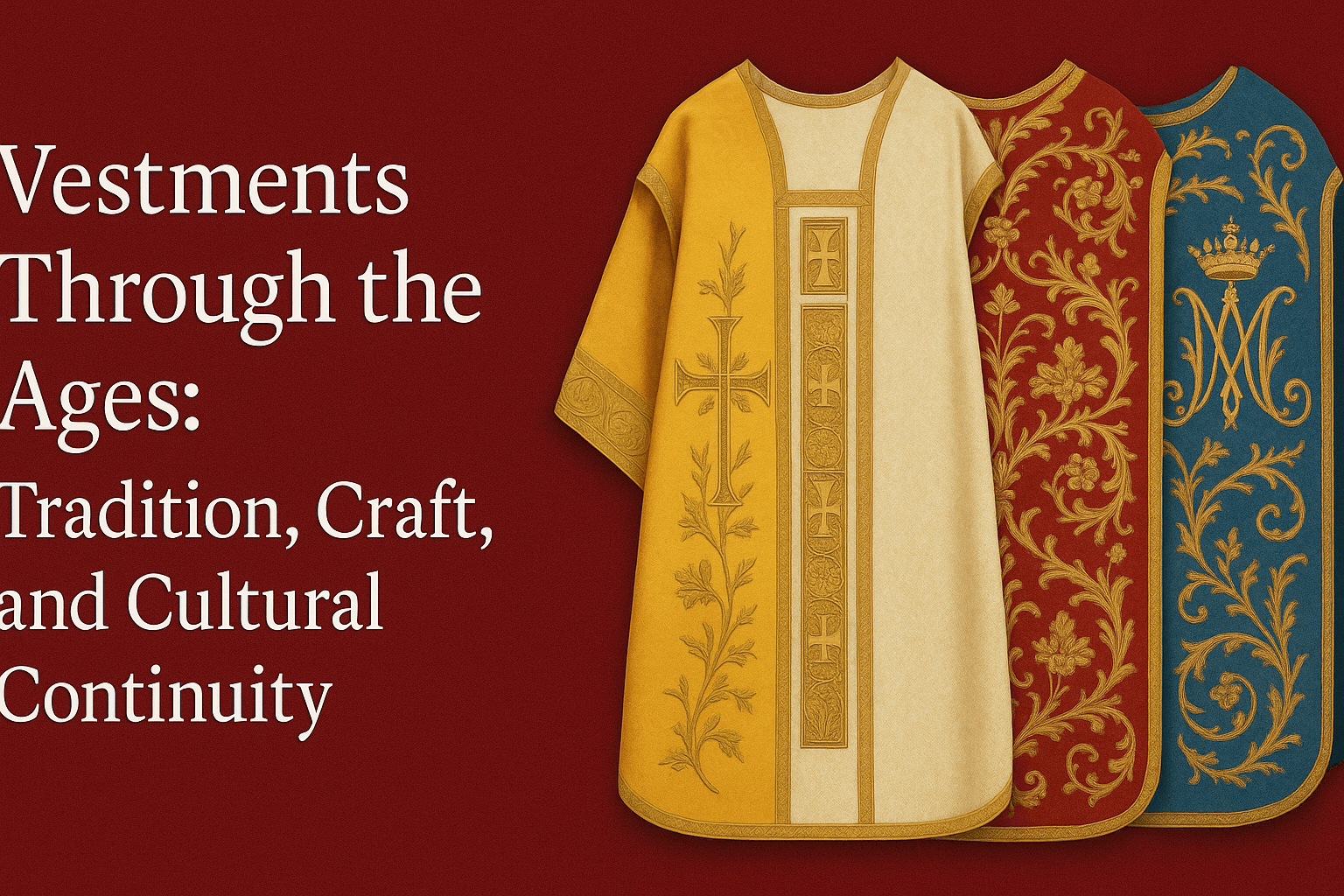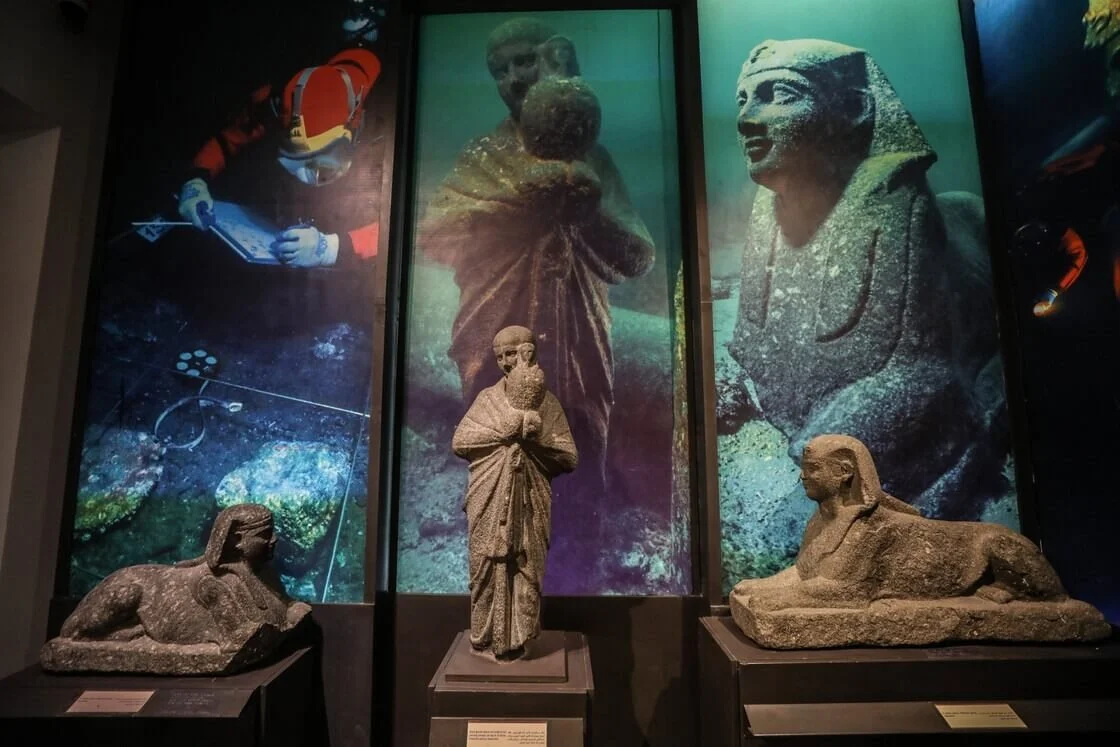The intricate tapestry of European languages, as we perceive them today, is a result of a complex and dynamic evolution that dates back to antiquity. This evolution not only reflects linguistic shifts but also cultural, political, and social transformations across Europe.
The Early ancient Greek Observations
In the realm of linguistics, the journey begins with the ancient Greeks, notably Socrates and Plato, who were among the first to ponder linguistic changes. Their observations, particularly on the transformation of Greek since Homer's era, laid the foundation for future linguistic studies. Plato's musings in "The Republic" about the alteration of primeval words underscored the fluidity and continual evolution of language. Aristotle further expanded this understanding by identifying different types of linguistic changes.
Cross-Language Similarities
A pivotal moment in European linguistic history came when scholars began noticing resemblances between different languages. Plato and Socrates noted the similarities between Greek and other languages, which suggested a deeper, shared linguistic origin. Dionysius of Halicarnassus even posited that Latin might be a dialect of Greek. Similarly, mutual intelligibility between Old Norse and Old English was noted, with historical texts like Icelandic Sagas indicating seamless communication between speakers of these languages. This observation was a significant indication of a shared linguistic ancestry.
The Common Origins
By the 12th century, writings in the Icelandic language revealed an underlying commonality between English and Norse. Gerald of Wales's observations about Welsh, Cornish, and Breton languages descending from a common source further illustrated the interconnected nature of European languages. These revelations began to shape the understanding that many European languages might have originated from a few ancestral tongues.
Greek and Latin Influences
The influence of Greek and Latin on European languages is undeniable. The Southern English language, less influenced by Norse and Danish incursions, retained more elements of these classical languages. The spread of Christianity, with its reliance on the Old Testament, also played a crucial role in homogenizing linguistic elements across Europe.
Challenging the Hebrew Origin Theory
A significant linguistic debate of the time was the theory that all languages derived from Hebrew. This notion was challenged by scholars like Joseph Justice Scaller, who recognized distinct language groups such as Greek, Germanic, Romance, and Slavic by analyzing the cross-languages. George Buchanan's theory that Celtic languages in Continental Europe shared a common root also disputed the Hebrew-origin theory.
Celtic Languages: A Case Study
The study of Celtic languages in Britain and Ireland by Edward Lhuyd brought further clarity. He identified two families of Celtic languages: the P-Celtic, or Brittonic, and the Q-Celtic, or Goidelic. Lhuyd argued that Brythonic languages originated from Gaul, while Goidelic languages had an Iberian origin, underscoring the diverse influences shaping European languages.
The evolution of European languages from antiquity to the Middle Ages is a fascinating journey that mirrors the continent's rich history. It reveals how languages evolve, influence each other, and retain traces of their past, providing insights not only into linguistic development but also into the cultural and historical contexts that shape them. This exploration reminds us of the interconnectedness of European cultures and their shared heritage, woven into the very fabric of the languages spoken today.










